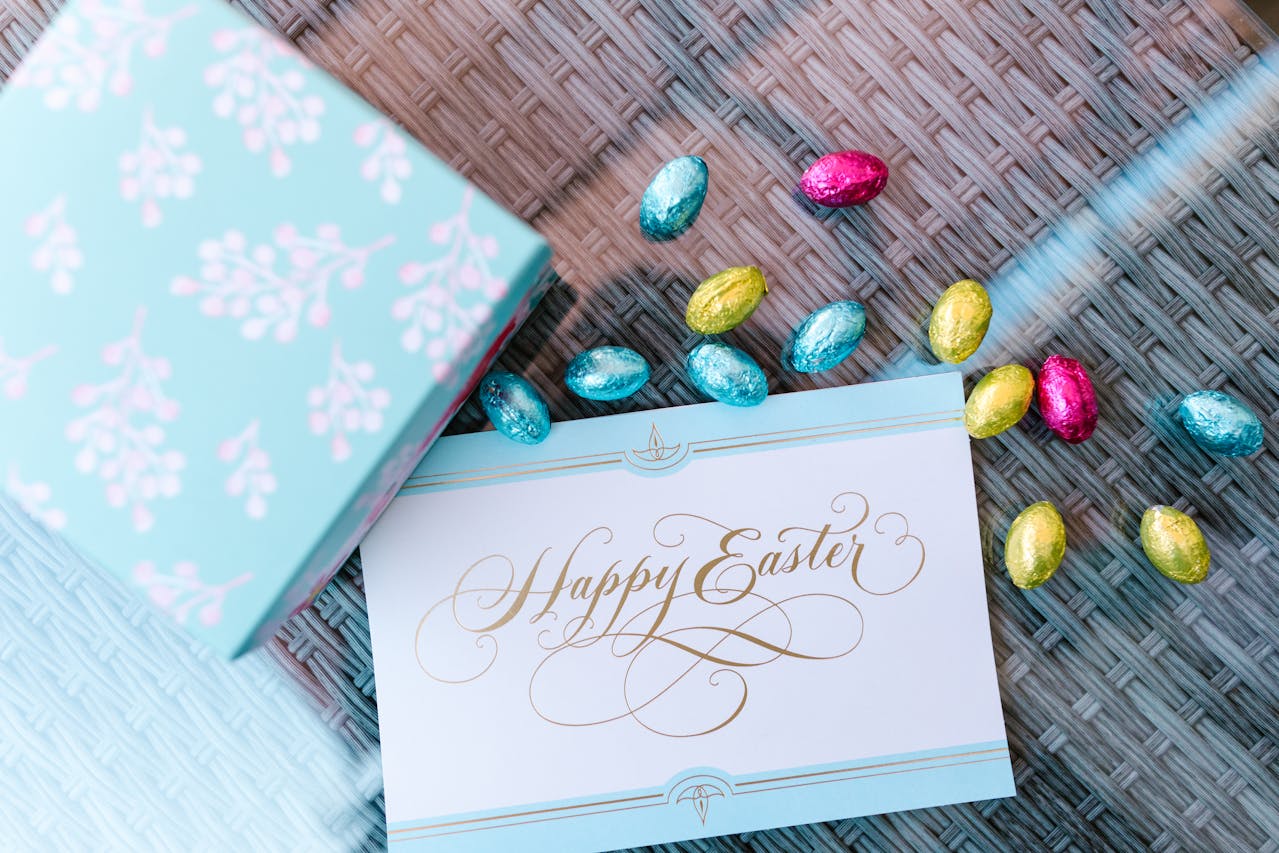
Greeting Cards Scodix Vs Traditional Foiling
When you think of greeting cards, there are a ton of images and emotions that come back to you. Simply, greeting cards are usually associated with emotional value, so their overall design needs to reflect appropriate sentiments. That is why the creation of greeting cards is not as easy as it may seem, and the printing process needs to be just right, to get the real message across. While some prefer traditional foiling printing methods, others are drawn to innovative options like Scodix. So what’s the difference and which is better? Continue reading to learn more about both to make the right decision for your next greeting card.
What Exactly Is Foiling?
Before we dive deeper, let’s cover some of the basics of traditional foiling.
Foiling is a finishing technique where a thin film of metal (foil) is bound to a card with the use of heat, pressure and glossy UV. Foil printing is known to create a high-quality finish, so it’s extremely popular with premium products. Sometimes it’s applied to the entire design and sometimes it’s only used in specific sections to highlight parts of the text or illustrations.
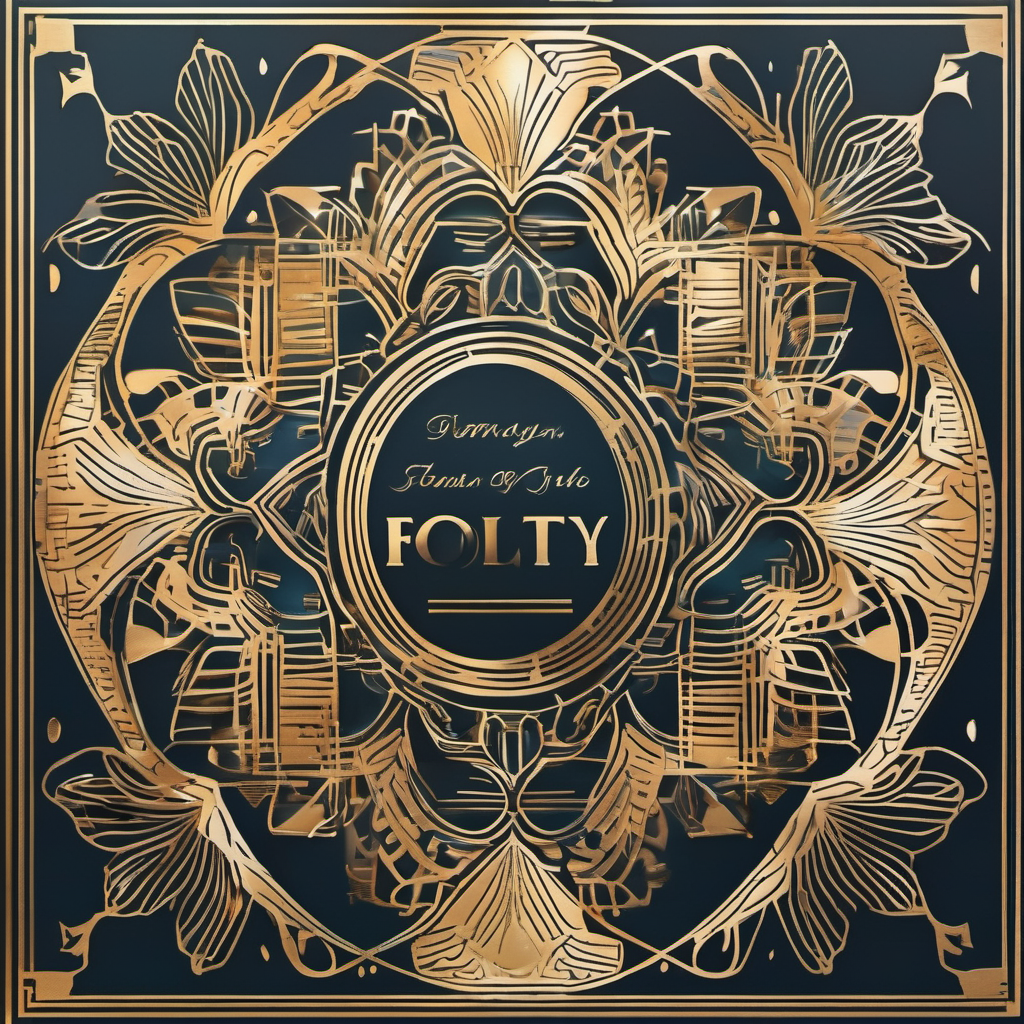
Benefits of Traditional Foiling
Foiling can be done in a range of colours, but the classic gold, silver and copper usually take precedence, no matter the colour, one thing is guaranteed; the result will be attention-grabbing. Be it just the details or the whole design, a greeting card with foiling is bound to get more attention than plain printed materials. Additionally, foiling makes every design look more luxurious, despite its lower cost of development.
Scodix, A New Innovation
If you have an idea that involves foiling, varnishing or embossing you’ll that a part of its cost-effective aspect is that it’s ideal for long print runs, and that is a lengthy set-up process. Luckily for both printing companies and clients, a new process known as Scodix is changing all of that.
Scodix is a new finishing technique that makes it possible for specialist printers to build up multiple layers of varnish onto just one sheet. In practice, this means it’s actually a cost-effective way to produce all of the following effects with much greater precision and on shorter runs of print on digital presses:
- Embossing
- Creative varnishing patterns
- Ultra high gloss varnishes
- Metallic foils
- Glitter
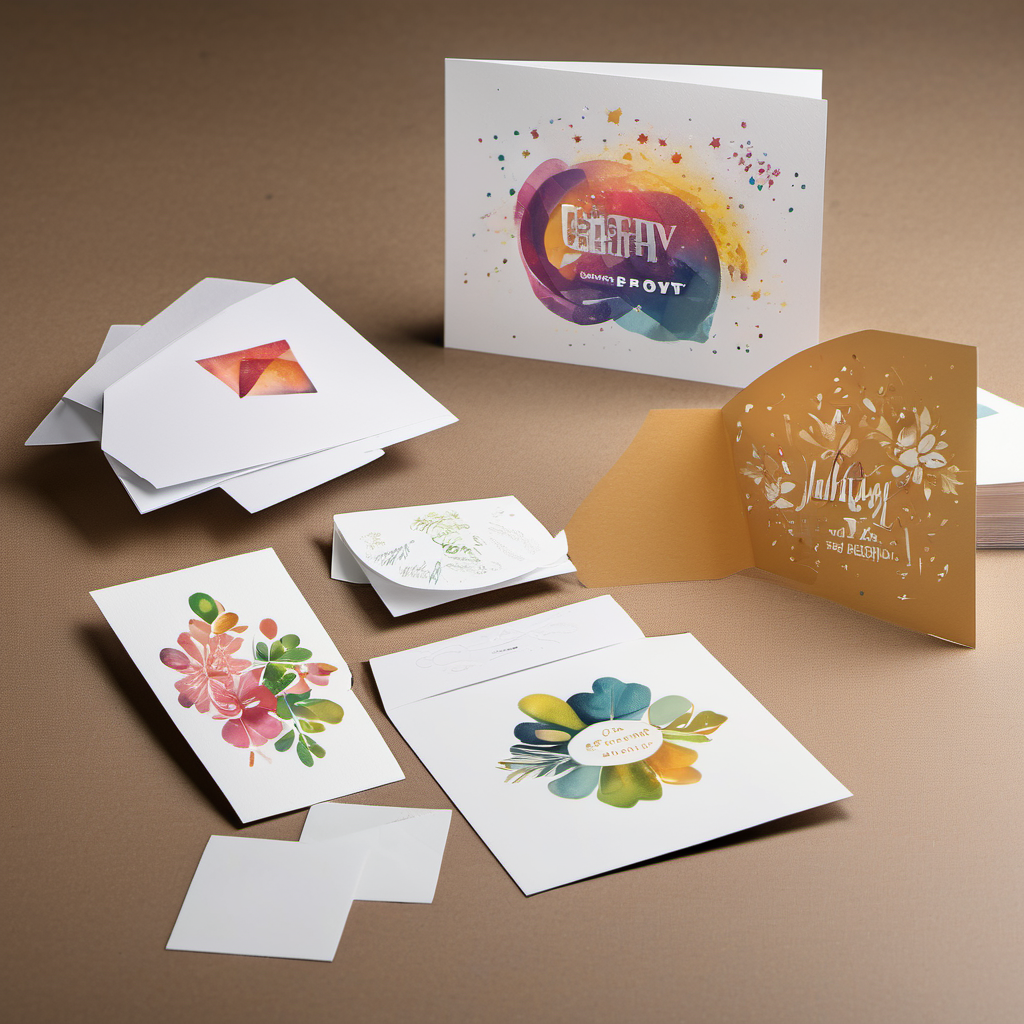
Scodix Perks
No matter how good the initial design of the greeting card is, Scodix will elevate it by improving the look and the feel of the final print. This is where technology takes over, ensuring that the foil print looks elegant, making it stand out and shine. Essentially, it is the perfect choice if you want to add that extra bit to your greeting card design and foiling.
Thanks to the strong visual appeal, Scodix will make receivers think twice before throwing the card out, making your greeting card a memorable token of love, friendship or any other myriad of warm emotions you intend to present through your greeting card.
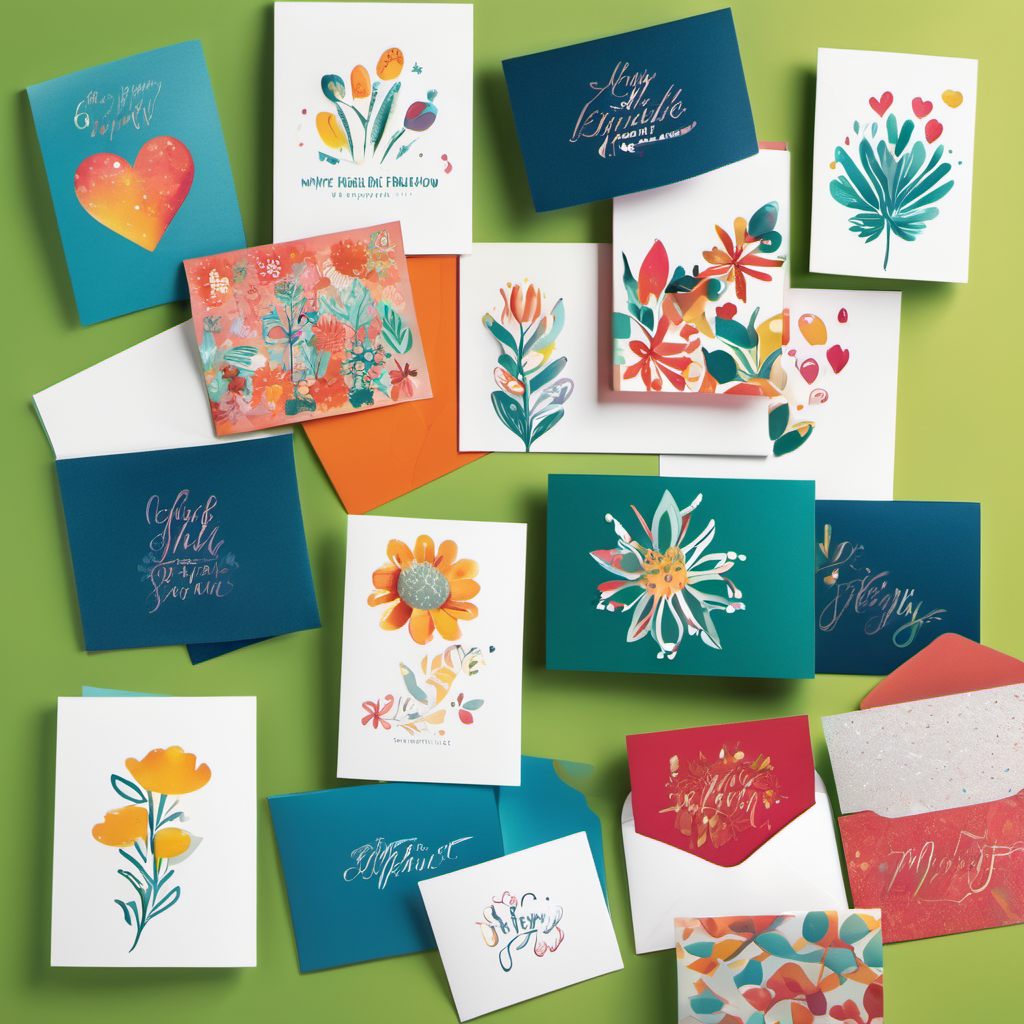
Scodix can also create a variety of textures and finishes. It offers more creative freedom than traditional foiling, as it can produce effects such as gradients, intricate patterns and provides more gloss and texture options.
The Sustainability Factor
Sustainability is one of the primary concerns of businesses across the globe, and everyone in the printing world was happy to hear that Scodix is considered pretty green. When compared to traditional embellishment solutions the use of fossil fuel, the generated CO2 and water consumption, it significantly leaves a lower carbon footprint than traditional printing methods. Therefore, when it comes to eco-printing methods, Scodix ticks all the boxes concerned with sustainability.
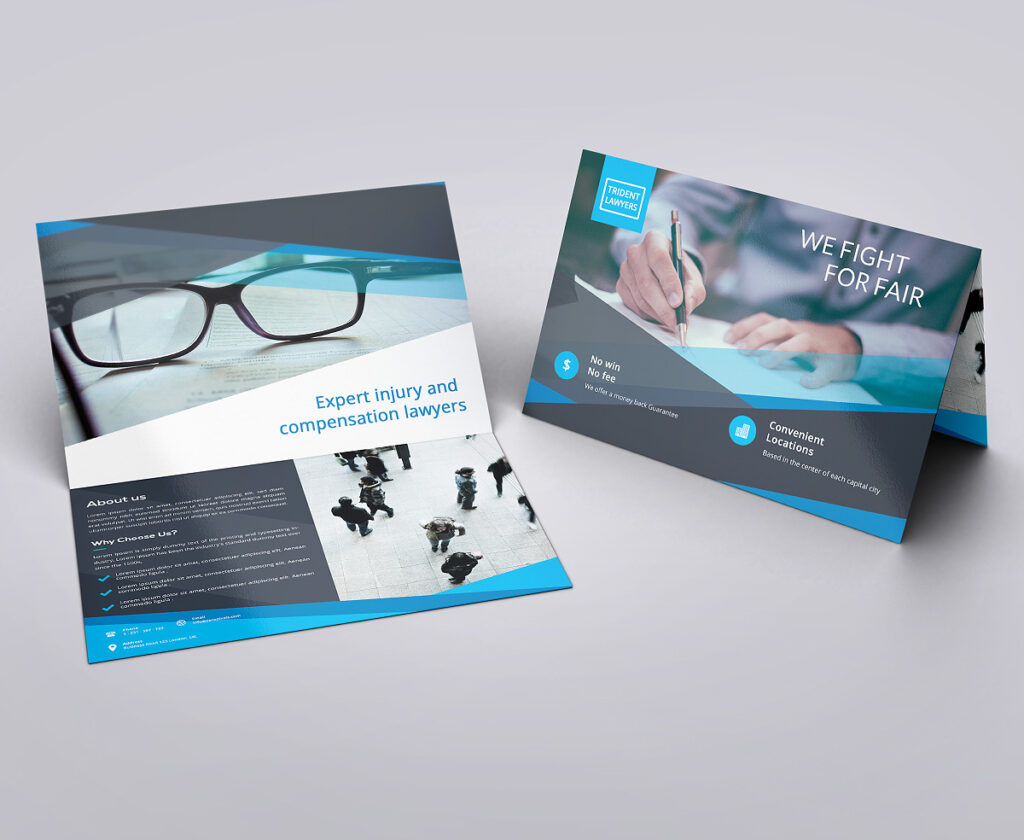
Final Comparison
When it comes to greeting cards, you want to hit that sweet spot that blends stunning visuals while conveying genuine emotions. So in terms of the best technology to use, it all depends on the sender’s preferences. If there is a need to achieve a classic look, traditional foiling will not let you down. But if you’re more into contemporary design with fun textures and finishes, you should consider using Scodix.
Secondly, there is also the factor of complexity. If your design involves intricate textures with multiple layers, nothing beats the precision and flexibility of Scodix.
Thirdly, there is always the question of quantity. Scodix is known to be more economical for smaller quantities of print, while traditional printing is more cost-effective with large print runs.
Finally, do not forget sustainability and the fact that Scodix is a solution focused on minimising the environmental impact of printing.
Next time you need a greeting card, think of the last time you received one that touched your heart. The feelings it brought up, serve as an endless inspiration for the design. Armed with all the knowledge relating to traditional foiling and Scodix, you are now ready to make the ideal choice regarding the specific finishing details.

